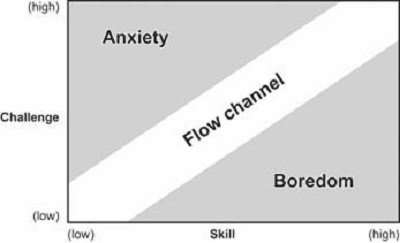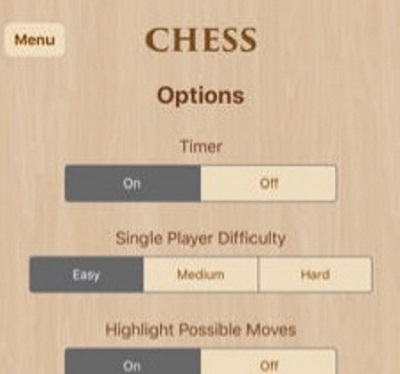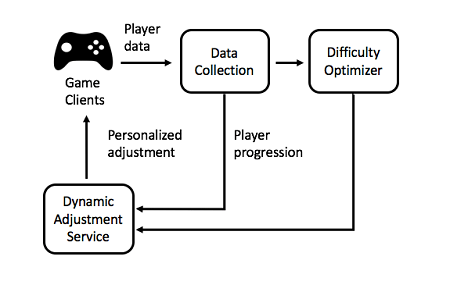Days Gone- A survival horror action-adventure game for PS4; Image courtesy: gamingbolt.com
Dynamic Game Difficulty Balancing (DGDB) is a game mechanism in which the difficulty of the gameplay is automatically adjusted based on the individual player's ability to handle the challenges of the game. This ensures that the player plays the game without leaving the game due to anxiety or boredom, which might result because of the imbalance between the ability of the player and challenges in the game. This maintains the interest of the player and engages the player throughout the game with the right amount of challenges.
The Concept of Flow
Mr. Mihaly Csikszentmihalyi, a psychologist, found that a person's skill and the difficulty of a task interact to result in different cognitive and emotional states. This is the concept of ‘Flow’.

Flow channel; Image courtesy: jesperjuul.net
This concept is applicable in various fields. In games, when the player’s skill is low and the challenge is too hard, the player becomes anxious; and when the skill is high and the challenge is easy, the player gets bored. When the skill and challenge matches, the player enters the flow state. This is the balanced state of the game.
Balanced Games
A balanced game is the one with a gameplay that matches the challenges of the game with the ability of the player. Any player will feel comfortable playing such balanced games, because they play a game that satisfies their need to be challenged.
For example, a kid with limited mental and physical skills prefers a game with high degree of luck than a strategy game — more of slow pace than an action-packed one. On the other hand, competitive players prefer games that have limited or no luck and have more elements to show off their power, skill and ability, both physically and mentally. So, to attract a right set of target audience, gameplay must be balanced in the right way. In many games, a player can balance his own skills with the difficulty of the challenges by selecting appropriate difficulty mode.
Difficulty Modes

Difficulty Modes; Image courtesy: steamcommunity.com
Many games give choices to the player to select the difficulty of the gameplay: Easy, Medium and Hard.

Chess; Image courtesy: itunes.apple.com
For example, in the video game of chess, a new player can select ‘Easy’ mode and a professional can select ‘Hard’ mode, by self-analysing their own skills.
In traditional game making, the degree of difficulty is based on the mode selected by the player, not by analysing the skill or ability of each and every player. Though many games still provide the option to select the difficulty mode, the future is the Dynamic Game Difficulty Balancing and few games have already started implementing the DGDB in their games. The games which implemented DGDB analyse each and every player’s skill and change the difficulty of the game based on that particular player’s skill.
Dynamic Game Elements
In DGDB, the key dynamic game elements are manipulated to maintain the balance. Such key dynamic game elements include enemy strength, player strength, number of enemies, hurdles, frequency at which the enemies and hurdles are presented, availability of add-ons like health and ammo, and duration of gameplay in a level. These elements will be adjusted based on the player’s ability to progress to the next level or achieve certain goals/objectives.

Dynamic Difficulty Optimization; Image courtesy: researchgate.net
The difficulty faced by a player at any given point in time is measured and based on that, the difficulty of the gameplay is modified. Based on the player data like score, the number of collectables, inventory, life, health, progression, and optimization happens.
Conclusion
The games like Resident Evil 4, Left 4 Dead, Fallout: New Vegas, Fallout 3, and Mario Kart, employs Artificial Intelligence to modify the gameplay challenges, introduce new game elements to increase or decrease the hardship, adjust the hurdles to match the skill, and dynamically change the experience every time.
The ultimate aim of any game developer is to ensure that the players never lose interest in the game and experience engaging gameplay, without getting anxious or boredom. And, the Dynamic Game Difficulty Balancing process in game making helps in this.